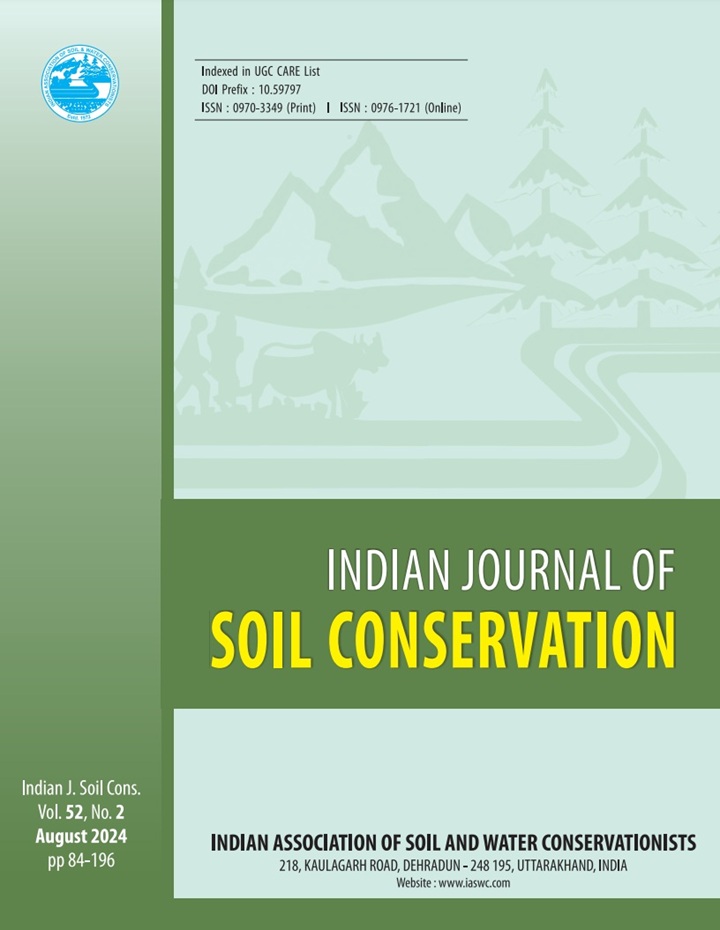Integrated water quality assessment of Ur watershed in Bundelkhand region (India) based on water quality index and multivariate statistical techniques
DOI:
https://doi.org/10.59797/ijsc.v52.i2.168Keywords:
Bundelkhand-India, Groundwater, Hierarchical cluster analysis, Principal component analysis, Surface water, Water qualityAbstract
variation of water quality in Ur watershed, Tikamgarh district, Madhya Pradesh (India). To assess the water quality, surface water and groundwater were analyzed for their physicochemical and biological constituents. The chemical data generated was analyzed by water quality index (WQI) and multivariate statistical tools (principal component analysis/factor analysis and hierarchical cluster analysis). From the collective results of WQI and multivariate analysis, it can be concluded that 57% of the total surface water samples and 53% of the total groundwater samples are fit for human consumption. Principal component analysis illustrates three factors extracted for both surface water and groundwater, which explains 81.29% variance of total surface water samples and 67.14% of total variance of groundwater samples. The outcome of cluster analysis classified water quality samples into two similar clusters, each for surface water and groundwater. Chemical analysis of the samples indicates that a major problem of turbidity has been observed in both surface water and groundwater samples. The primary source of contamination was related majorly to anthropogenic activities. The results of this study will be useful to water managers in locating water quality hotspots, identifying the major sources of water pollution, understanding the complex nature of water quality parameters, and developing an effective water resources management plan for water-challenged areas.









